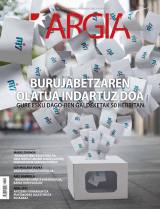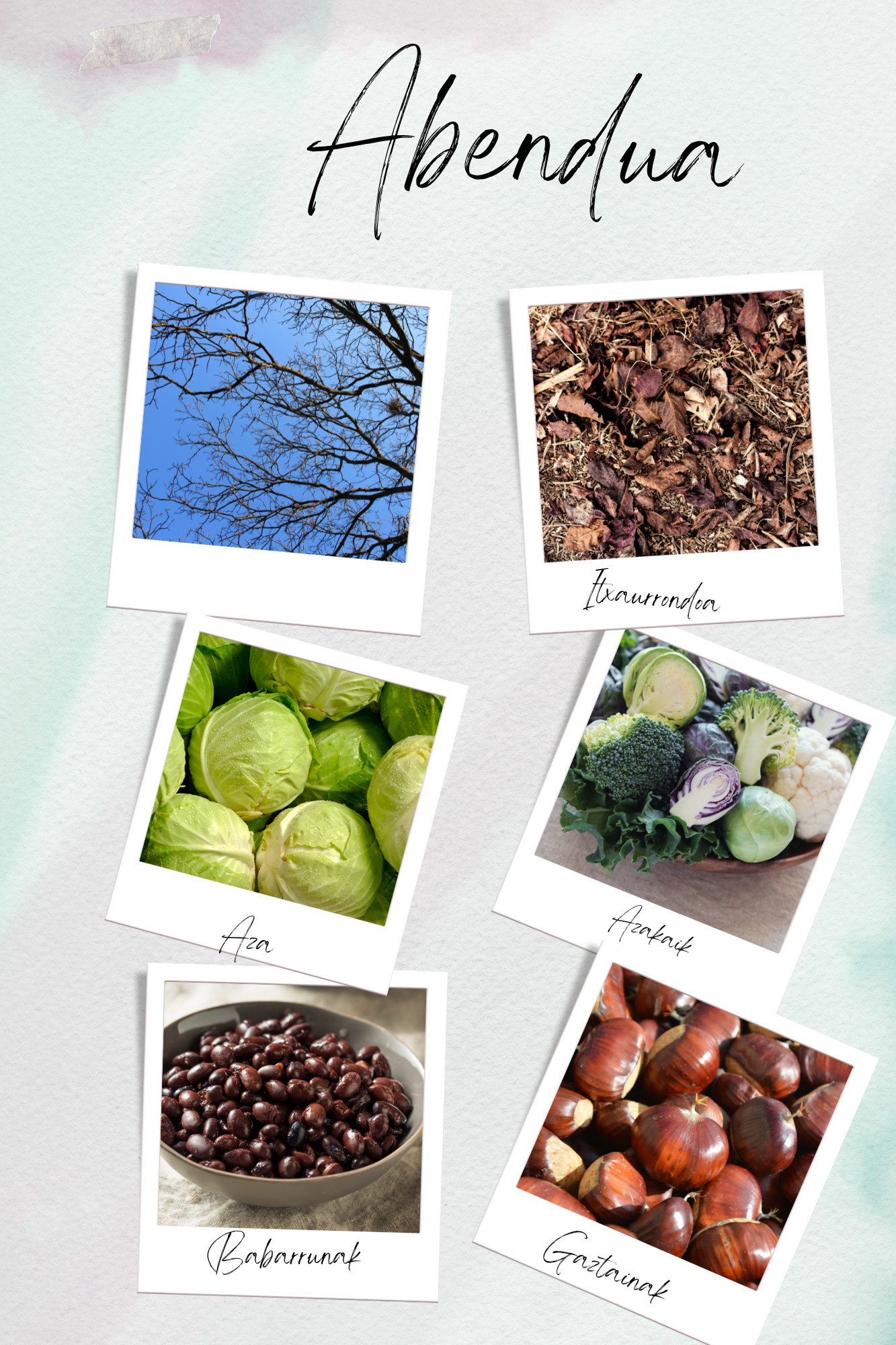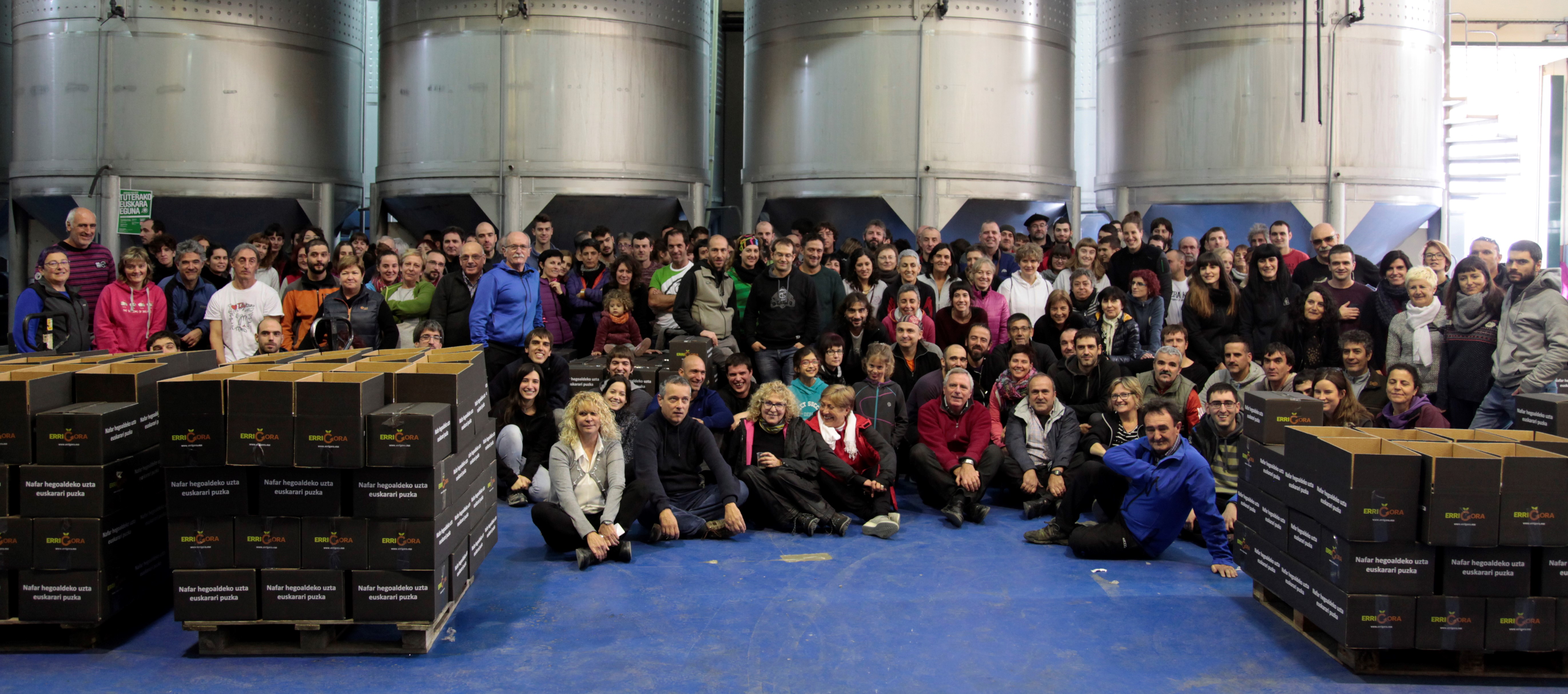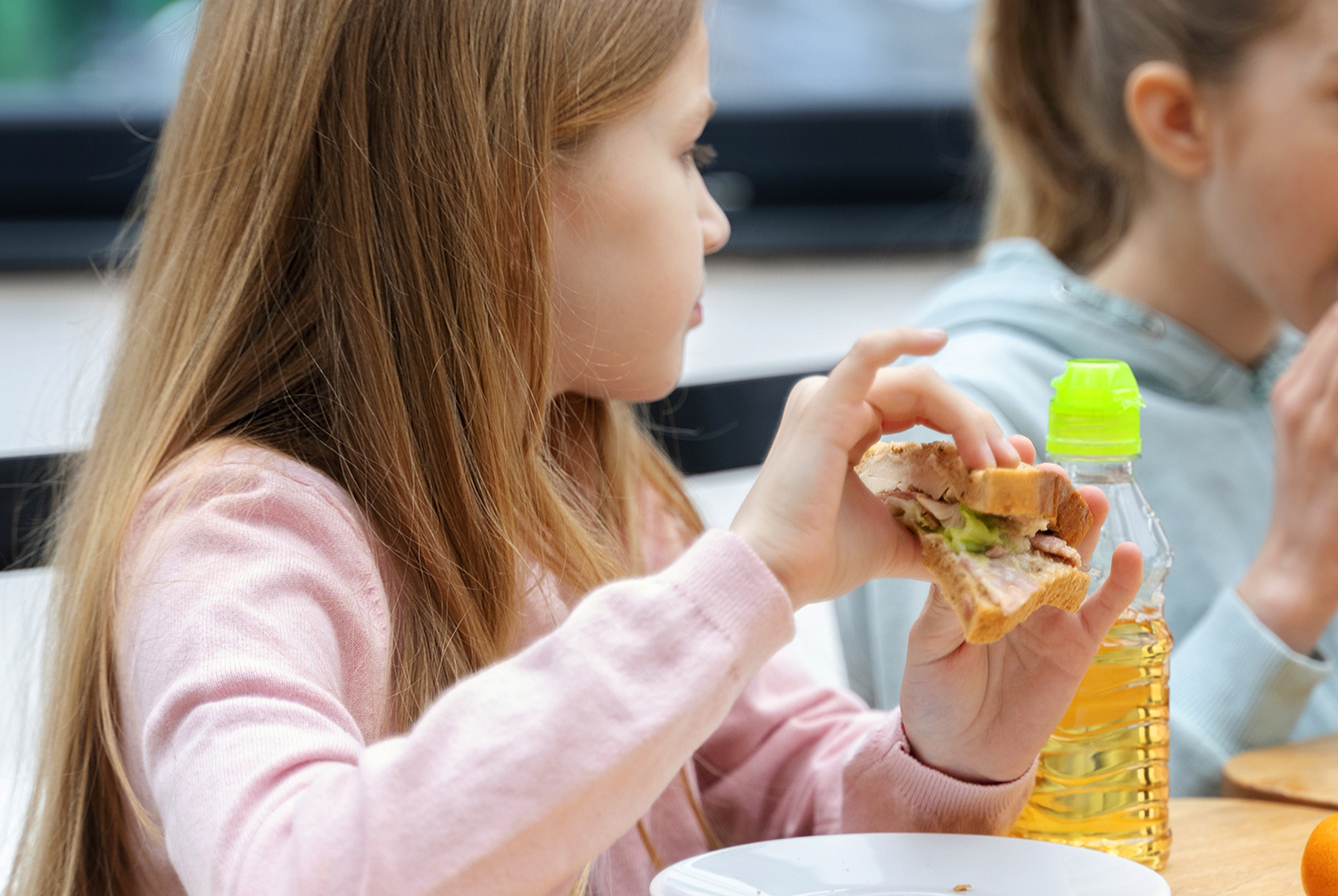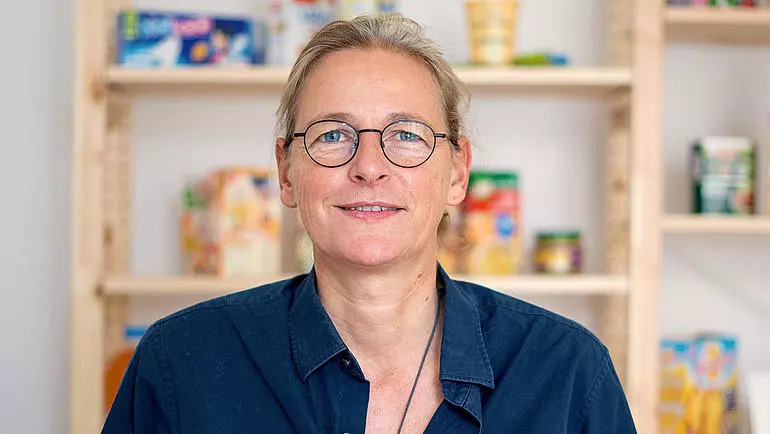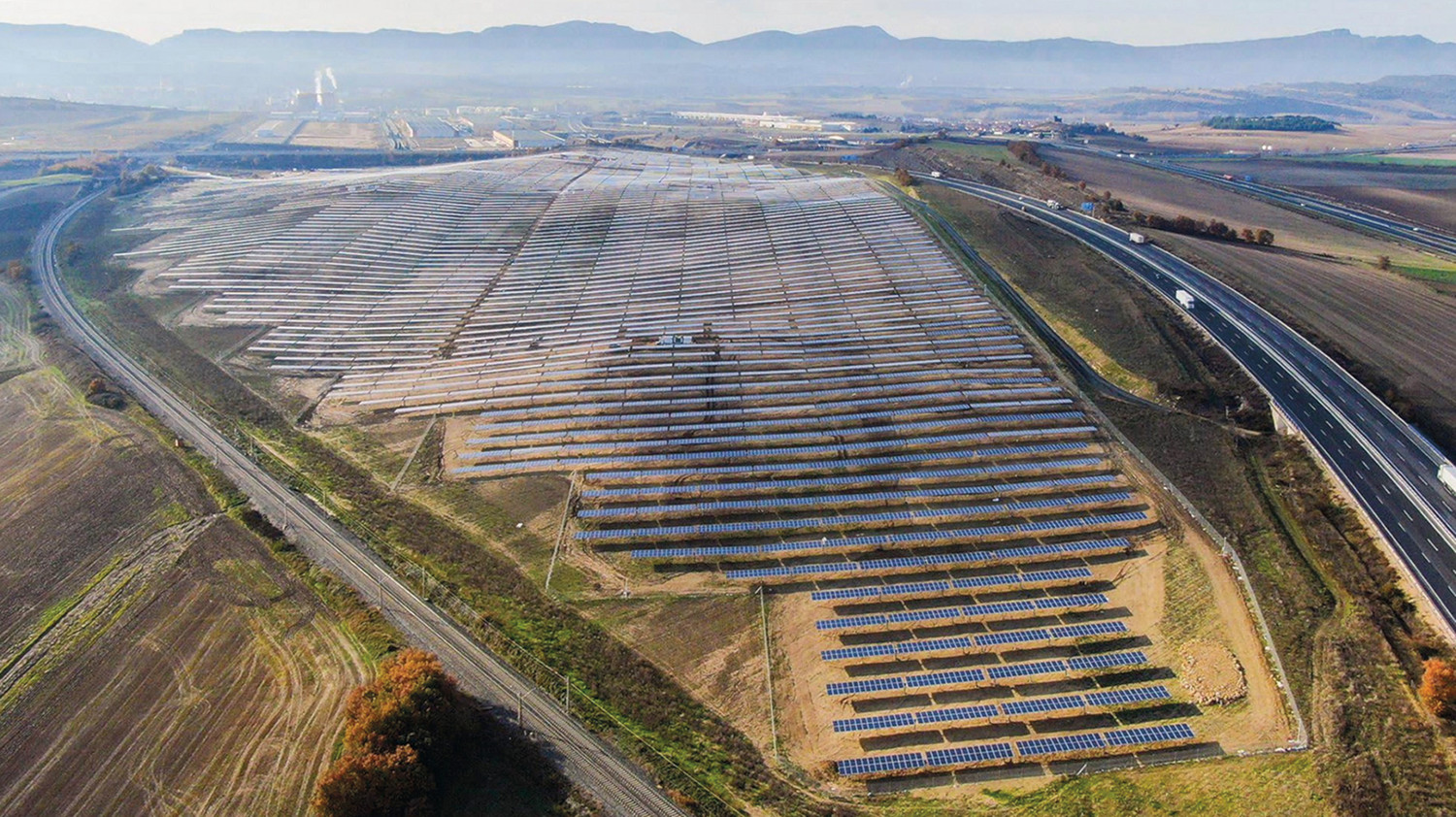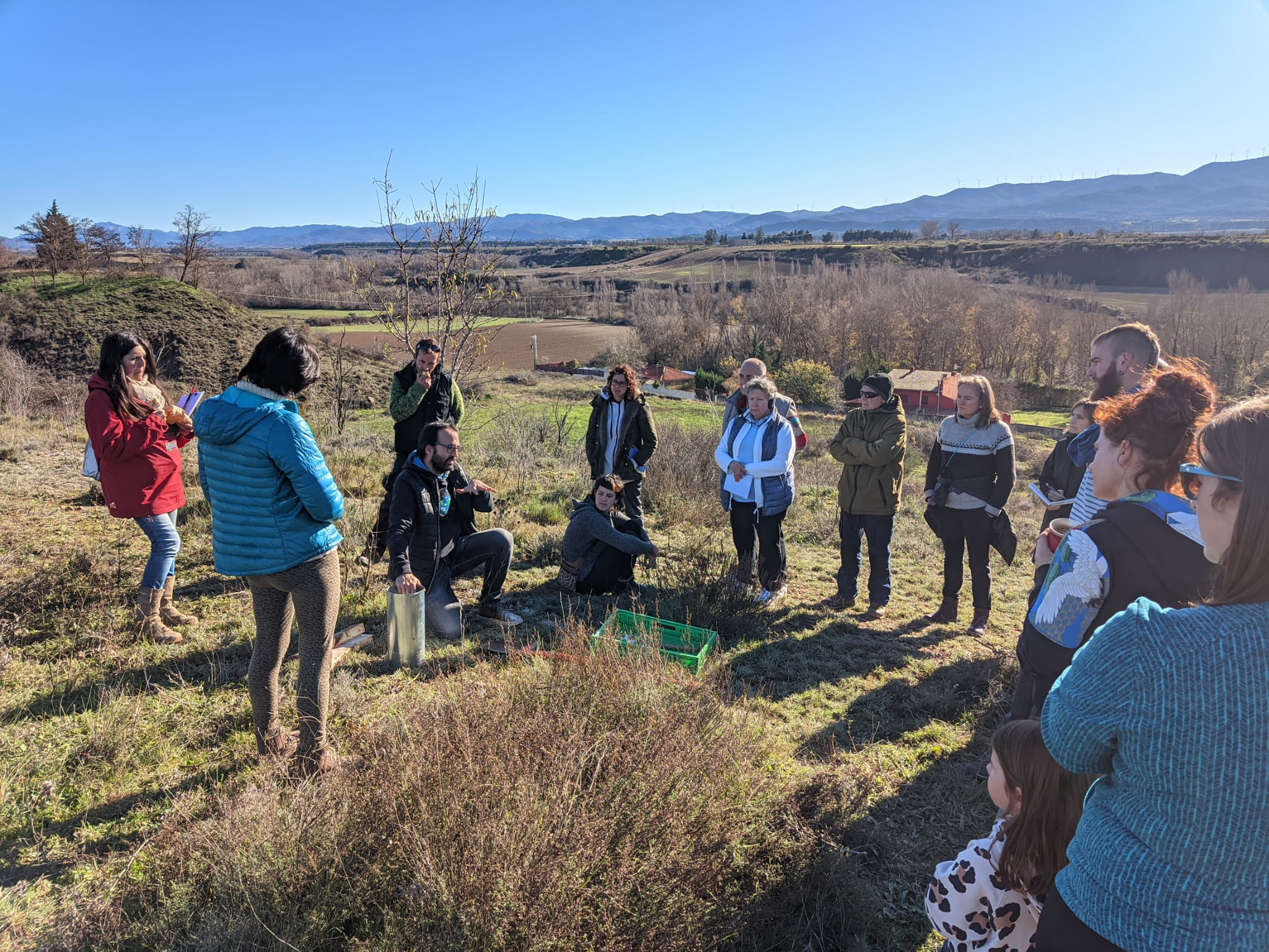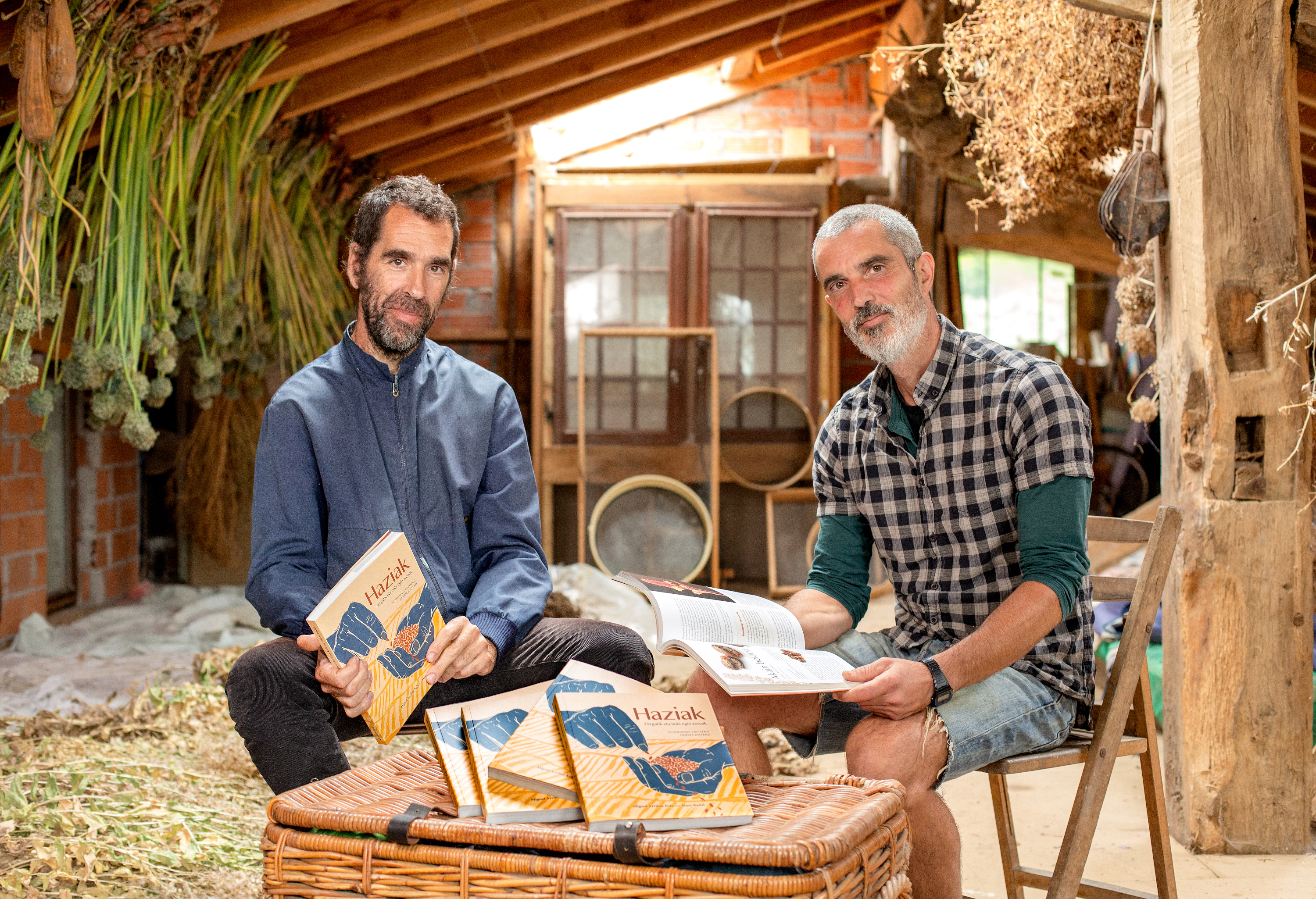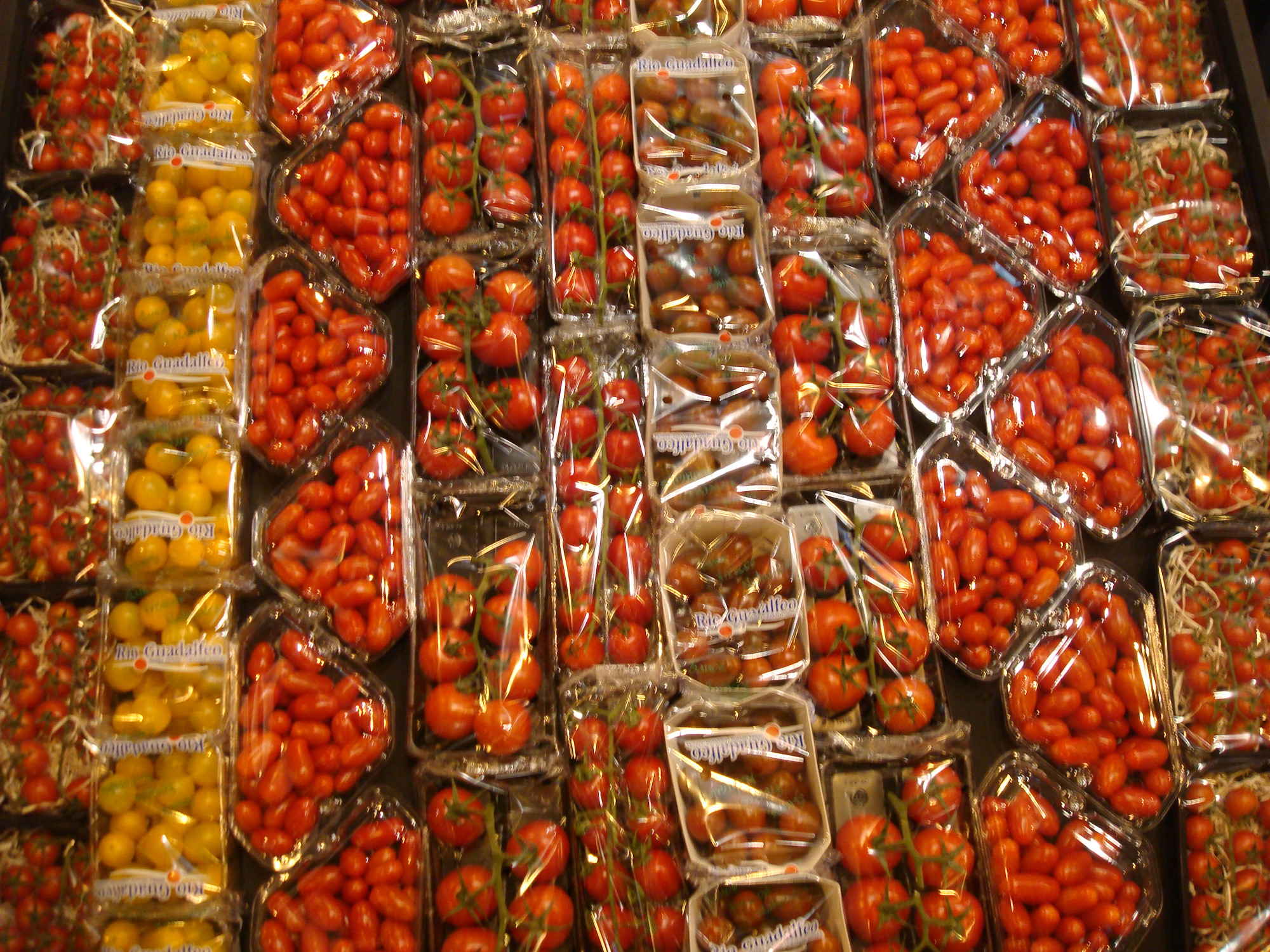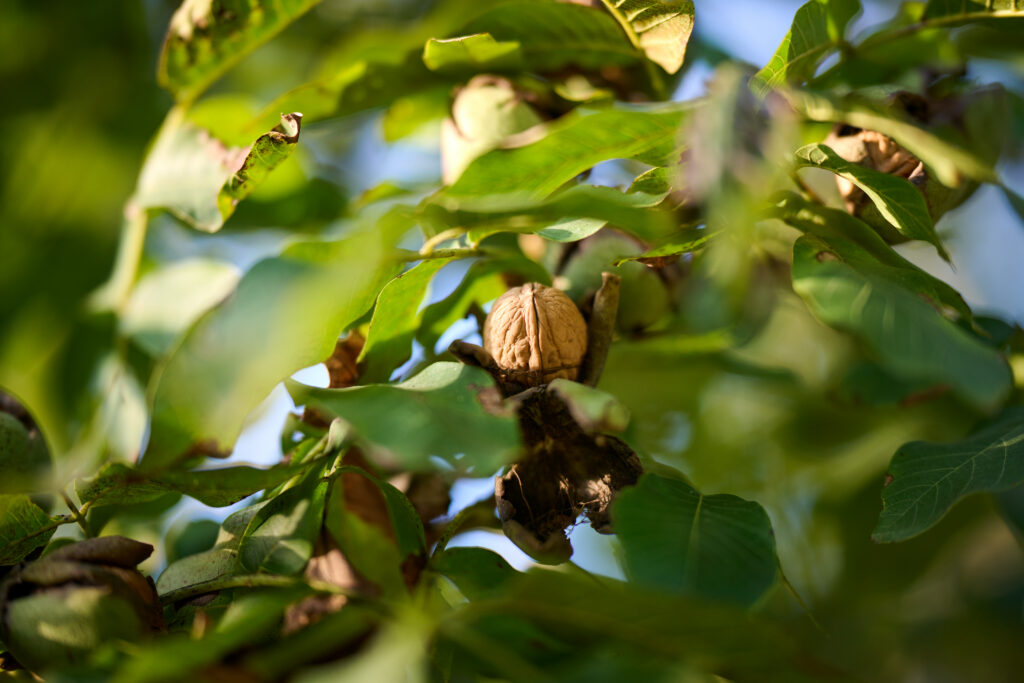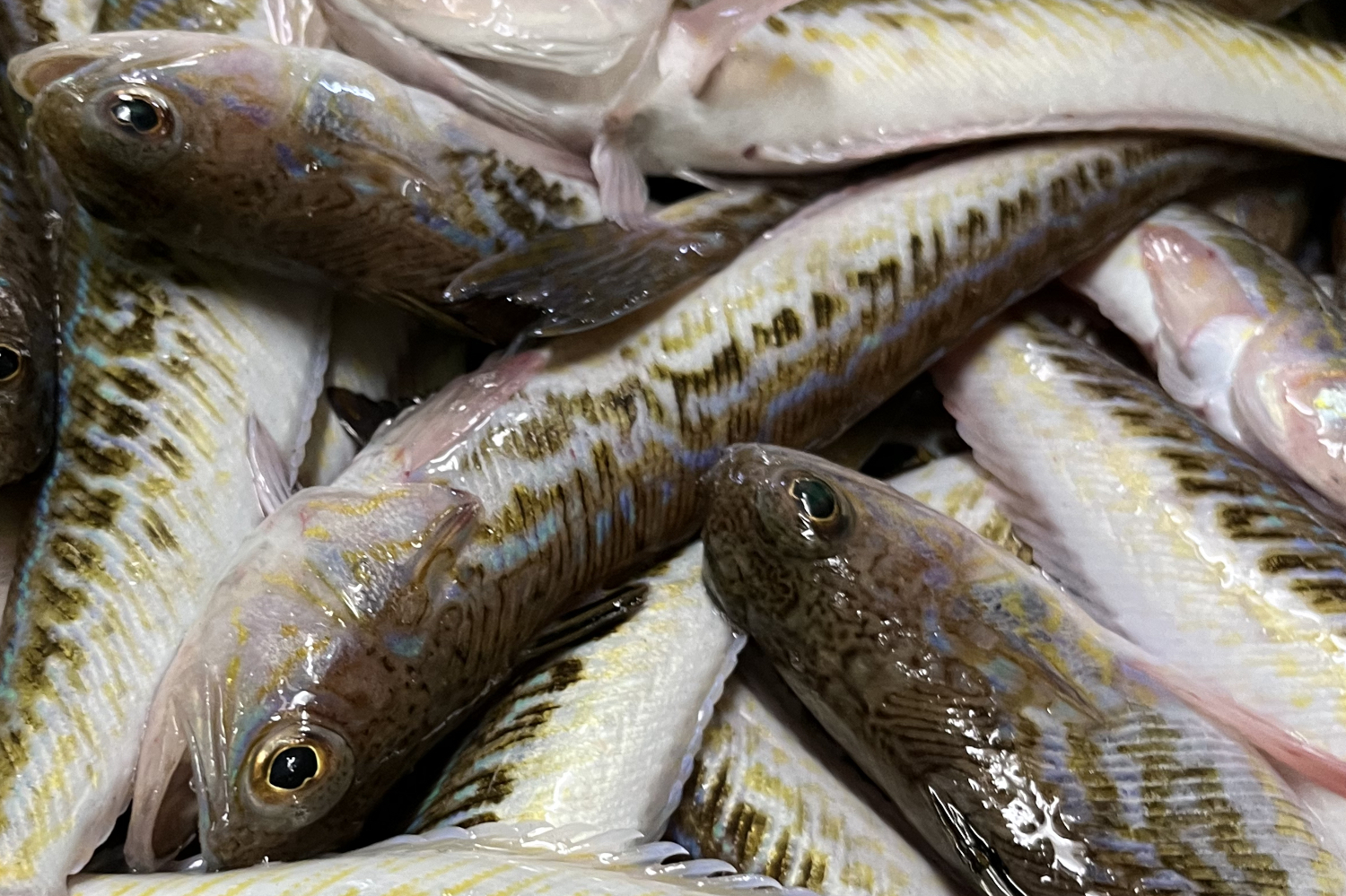One of the best vodka in the world is made in Álava, 100% with native potato
- They learned from the elders of the house and today they have the job of vodka with potato José Luis Navarro, Carlos Ortiz de Zarate and Eduardo Martínez de Murgia. Only 1% of the vodka produced in Europe comes from potatoes. On the contrary, this threesome drinks 100% with Álava potato. In his two years, vodka Basmoon has become a global phenomenon.

In the Alavese locality of Fontetxa, as in the rest of the Basque Country, the reports of the Civil War were common. But there was a special passage linked to that people. “In 1936 Italian troops were there, including guerrilla Antonello Favro, who taught the inhabitants to vodka with potato because they had not much to drink in the village,” says José Luis Navarro. At that time, they used the kitchen surpluses to produce alcohol and then mixed them with herbs and fruits to serve them bebida.La grandmother
Hilaria told Navarro when he was a child, around the kitchen table. Carlos Ortiz de Zarate and Eduardo Martínez de Murgia were also at home. They're childhood friends, the three who spent the summers in Fontetxa. Grandparents would never think that the story they told them could have such an influence on the future of the young, as the three friends now own the Basque Moonshiners company. The influence of Thomas Ortiz de Zárate, Grandpa of Carlos, on the project are especially highlighted. A few years ago an old coccus of still was found in the town to be distilled from the time, and his friends came up with the idea of undertaking this camino.Los moonshiners were those who at the time of the dry law in the United States made
vodka illegally and now, although they do it legally, the Moonshiners of Euskal Herria are three friends. They say that “to enjoy good things it is essential to take risks”. “We with the potato made a lot of alcohol at home and 5-6 years ago we started to go around this project and we started the vodka adventure, we took risks and we are enjoying,” says Navarro.
Based
on potatoes and hands
The beverage they make has
two peculiarities. On the one hand, alcohol is used for potatoes of autochthonous origin, 100% with Álava potato, type Agria. He has a lot of starch and that helps to get a higher level of alcohol. Although in Poland most vodka was made with potatoes, today it is done mainly with cereal, especially with cyclone. Now in Europe only 1% is done with potatoes, so it is one of the peculiarities. On the other hand, we can say that the three friends are craftsmen, as the whole process is done by hand. They are the ones who create alcohol and that is not common, neither in the Basque Country, nor abroad. The potato comes to the warehouses, but leaves Basque Moonshiner with transparent drinks. It also places special emphasis on the complete process of distillery a.En
in this sense, underlined that in the Basque Country there is not much habit of drinking vodka or vodka. This is the case of the vessels of Gipuzkoa and Navarra, but it has not spread sufficiently so far. “Our goal is not Euskal Herria. If we had to live from what we sell there, the project would not be viable,” he said. That's why they work outward. More than 50% of the sales of its production are produced outside the Spanish State. It is mainly sold in Germany, Poland, the United Kingdom and Belgium. “In those countries you know the vodka, you don’t have to explain how it is done, here it is still unknown,” explains Navarro.
Basmoon, the main product
That's
the name of the potato vodka, Basmoon. It's got five distillations and it's cold filtered. This is the first beverage that was marketed, but just over a month ago the Chacal product was published, made around 100% barley. And for the future, work is being done on marketing new products. The malt whisky from Navarra will also have its space in the warehouse during the summer of 2019. “We tried to make special products, if we did what everyone does, we would have a party,” the moonshiner says.
.jpg)
Your motto is
Follow yourself, “do it your way,” it’s what you’re trying to do. They point out that they do what they like, that they enjoy what they do, that they work as before and that they don't look at what's fashionable. “We know that now there may be vodka made with strawberries, but that’s not what we want to do, we want to do real things, as they did before.”
Among the
29 best vodka in the world
The product made with potato has received excellent reviews, and there are already two medals that the three participants have in the competition. It was released to the market in 2014 and three months after its launch it was presented to the Global Master in London, where it won the award for the best premium vodka in Europe. Last year, in San Francisco, the world's best championship, 29 medals were awarded, one of which was for them, and one for them.
.jpg)
Despite
having won prizes since its inception, they are still novels and dream of having a long trajectory: “I still keep in mind the conversations we had, we were three people who wanted to enter the world of making alcohol. We studied the market and saw that vodka was the world's first alcoholic beverage, and here nobody did it, and instead there were many who made beer or wine. That also seemed to us to be an advantage, as many others did well, we wanted to take a new path.” From the beginning they were clear that their goal was not to compete in price, they prefer competition in quality. That is why they make small productions, but taking care of everything very carefully. Last year 15,000 bottles were sold and this year they have launched a second product that aims to sell between 25,000 and 30,000 bottles.
Although the three childhood friends have seen the clear path, those at home had not seen it so clear at first, they considered them crazy, for example, to embark on the path that Navarro dreamed when he had left his job. But today he sees his parents smiling and proud to see the path that their child has been given the stories that they hear from the elders of the house in the kitchen.
Steps for vodka basmoon
- They use fresh potato called sour. The potato is yellow, rich in starch, about 20%.
- Peel.-
Go through the mill. The potato is crushed and made of pasta.
- Make “Saccharification”. Starch is converted into sugar after 10 hours.
- Add yeast to 20 degrees in a tank.
- Perform the fermentation process. After 5-6 days, the mostium is obtained, usually around 6º-7º.
- Make the first distillation and remove the remaining potato. At that time he has alcohol of about 80º.
- Repeat the same process 4 times in a row. That's why they say their beverage has 5 distillations. So they get a 96º basic
alcohol.- After two weeks, mix the base alcohol with mineral-free water. Thus, alcohol drops to 41.5 degrees.
- Filter cold. Many others do it hot, with active coal.
- Bottle.







